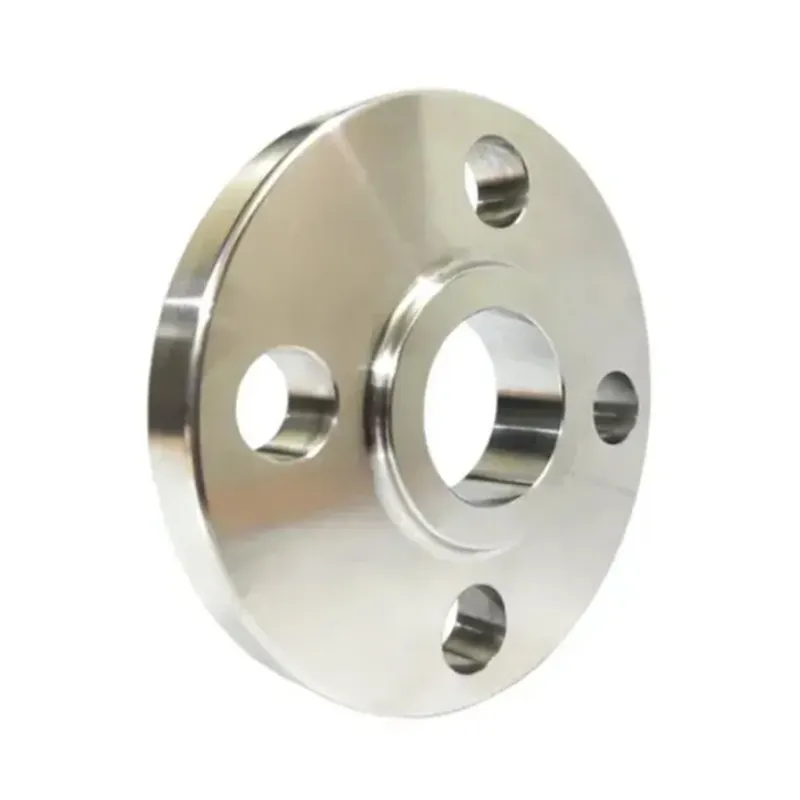-
Cangzhou Yulong Steel Co., Ltd.
-
Phone:
+86 13303177267 -
Email:
admin@ylsteelfittings.com
- English
- Arabic
- Italian
- Spanish
- Portuguese
- German
- kazakh
- Persian
- Greek
- French
- Russian
- Polish
- Thai
- Indonesian
- Vietnamese
- Zulu
- Korean
- Uzbek
- Hindi
- Serbian
- Malay
- Ukrainian
- Gujarati
- Haitian Creole
- hausa
- hawaiian
- Hebrew
- Miao
- Hungarian
- Icelandic
- igbo
- irish
- Japanese
- Javanese
- Kannada
- Khmer
- Rwandese
- Afrikaans
- Albanian
- Amharic
- Armenian
- Azerbaijani
- Basque
- Belarusian
- Bengali
- Bosnian
- Bulgarian
- Catalan
- Cebuano
- China
- China (Taiwan)
- Corsican
- Croatian
- Czech
- Danish
- Esperanto
- Estonian
- Finnish
- Frisian
- Galician
- Georgian
- Kurdish
- Kyrgyz
- Lao
- Latin
- Latvian
- Lithuanian
- Luxembourgish
- Macedonian
- Malgashi
- Malayalam
- Maltese
- Maori
- Marathi
- Mongolian
- Myanmar
- Nepali
- Norwegian
- Norwegian
- Occitan
- Pashto
- Dutch
- Punjabi
- Romanian
- Samoan
- Scottish Gaelic
- Sesotho
- Shona
- Sindhi
- Sinhala
- Slovak
- Slovenian
- Somali
- Sundanese
- Swahili
- Swedish
- Tagalog
- Tajik
- Tamil
- Tatar
- Telugu
- Turkish
- Turkmen
- Urdu
- Uighur
- Welsh
- Bantu
- Yiddish
- Yoruba

Nov . 23, 2024 16:28 Back to list
Seamless Mild Steel Pipes for Various Industrial Applications and Uses
Mild Steel Seamless Pipes An Overview
Mild steel, an alloy primarily composed of iron and a small percentage of carbon (typically between 0.05% to 0.25%), is widely renowned for its ductility, malleability, and affordability. One of the significant applications of mild steel is in the manufacturing of seamless pipes, which are vital components in various industries, including construction, automotive, and oil and gas. This article delves into mild steel seamless pipes, exploring their characteristics, manufacturing processes, applications, and advantages.
Characteristics of Mild Steel Seamless Pipes
Mild steel seamless pipes are characterized by their smooth and uniform structure, achieved through a unique manufacturing process that does not involve any welding. This absence of weld seams significantly enhances their mechanical strength and resistance to high pressure, making them suitable for numerous applications. Additionally, mild steel seamless pipes exhibit excellent ductility and can be easily molded into different shapes without fracturing.
The mechanical properties of these pipes can vary depending on the carbon content and other alloying elements present in the mild steel. Generally, mild steel seamless pipes exhibit good tensile strength, durability, and a relatively low modulus of elasticity, allowing them to absorb shocks and vibrations effectively. Furthermore, the surface finish of mild steel pipes can be improved through various treatments, leading to enhanced resistance to corrosion and wear.
Manufacturing Process
The production of mild steel seamless pipes involves a series of steps that ensure quality and precision. The most common method of manufacturing these pipes is called the rotary piercing process. Initially, a solid billet of mild steel is heated to a high temperature and then pierced using a specialized tool. This process creates a hollow tube.
Following the piercing, the pipe undergoes elongation using a process known as elongation or reducing. This involves passing the hollow tube through a series of rollers, which stretch it to the desired length and diameter. The final step typically involves heat treatment, which helps to enhance the pipe's strength and relieve any internal stresses developed during the forming processes.
Applications
mild steel seamless pipe

Mild steel seamless pipes have a vast range of applications across various sectors. In the construction industry, these pipes are commonly used for structural purposes such as frames for buildings, scaffolding, and handrails. Their strength and adaptability make them an ideal choice for supporting structures.
In the oil and gas sector, mild steel seamless pipes play a crucial role in transporting liquids and gases. Their ability to withstand high pressure makes them essential for pipelines, especially in demanding environments. Additionally, these pipes are employed in automotive applications, such as exhaust systems and fuel lines, due to their resilience and ability to endure varying temperatures.
Advantages of Mild Steel Seamless Pipes
One of the primary advantages of mild steel seamless pipes is their increased strength compared to welded pipes. The absence of joints means there are fewer weak points susceptible to failure. Their structural integrity allows for higher pressure capacity, contributing to their widespread usage in critical applications.
Cost-effectiveness is another significant benefit. Mild steel is generally less expensive than other alloy steels, making seamless pipes a budget-friendly option for many projects. Additionally, the manufacturing processes for these pipes are well-established, leading to competitive pricing in the market.
Moreover, mild steel seamless pipes exhibit excellent impact resistance and can perform effectively in various environments, including high temperatures and fluctuating pressures. Their malleability also allows for easy customization and installation in diverse applications.
Conclusion
In conclusion, mild steel seamless pipes are essential components that serve numerous industries due to their strength, versatility, and cost-effectiveness. Their unique manufacturing process, characterized by the absence of seams, contributes to their mechanical advantages and suitability for critical applications. As industries continue to evolve and demand more durable and adaptable materials, mild steel seamless pipes will undoubtedly remain a key player in meeting these challenges.
Latest news
-
ANSI 150P SS304 SO FLANGE
NewsFeb.14,2025
-
ASTM A333GR6 STEEL PIPE
NewsJan.20,2025
-
ANSI B16.5 WELDING NECK FLANGE
NewsJan.15,2026
-
ANSI B16.5 SLIP-ON FLANGE
NewsApr.19,2024
-
SABS 1123 FLANGE
NewsJan.15,2025
-
DIN86044 PLATE FLANGE
NewsApr.19,2024
-
DIN2527 BLIND FLANGE
NewsApr.12,2024
-
JIS B2311 Butt-Welding Fittings LR/SR 45°/90° /180°Seamless/Weld
NewsApr.23,2024











